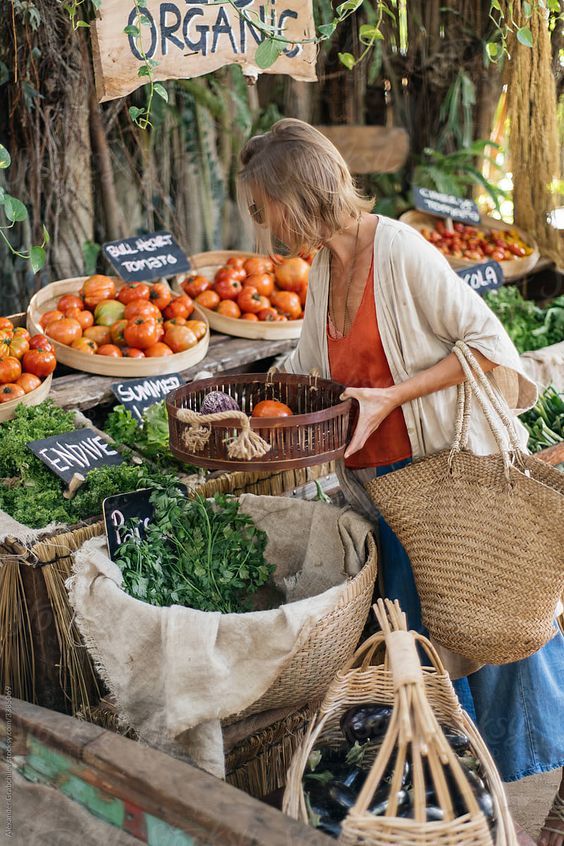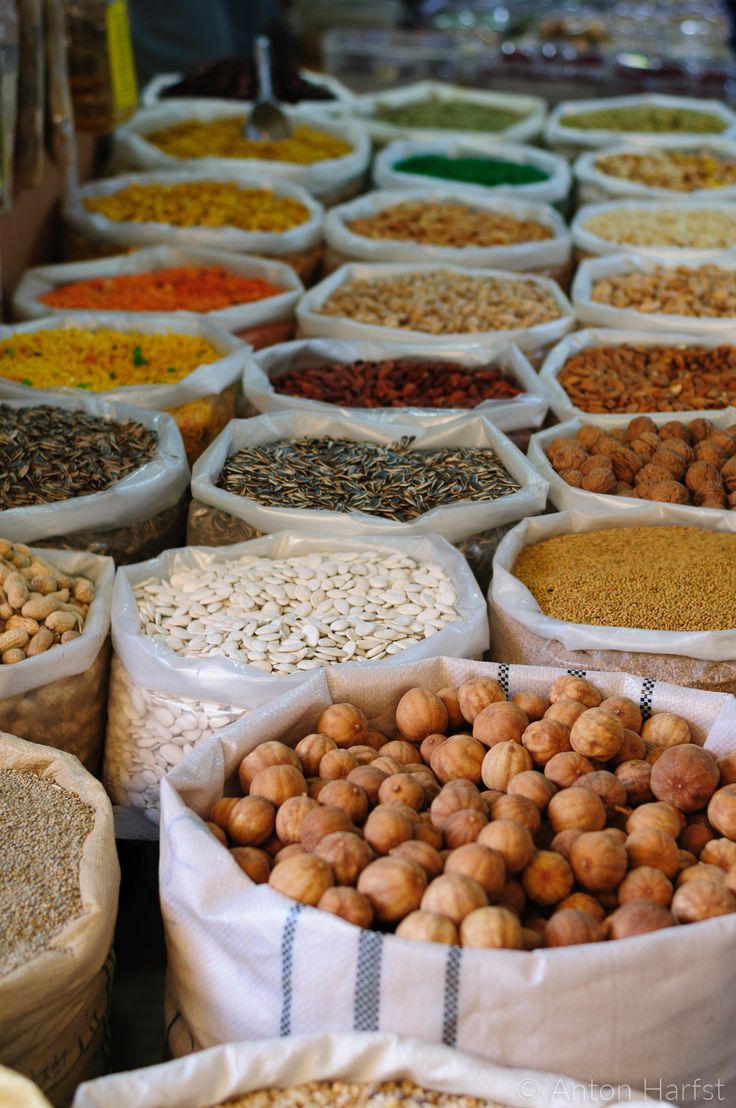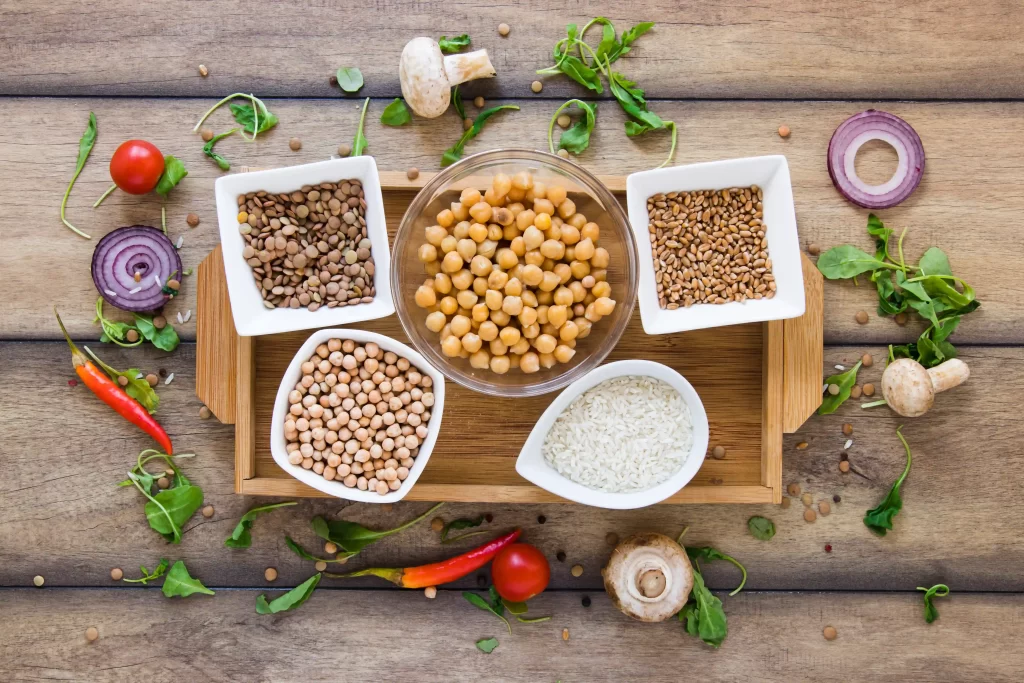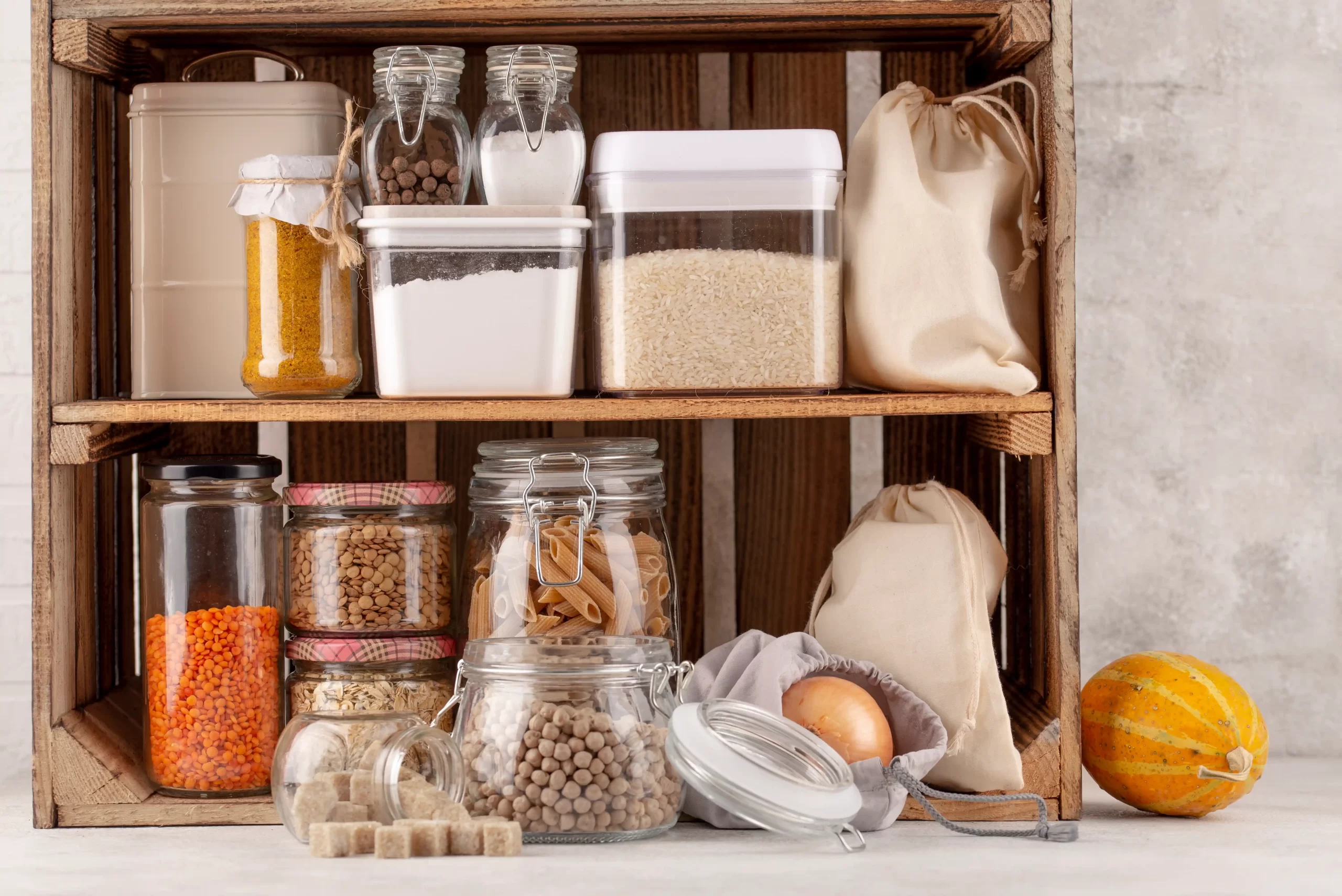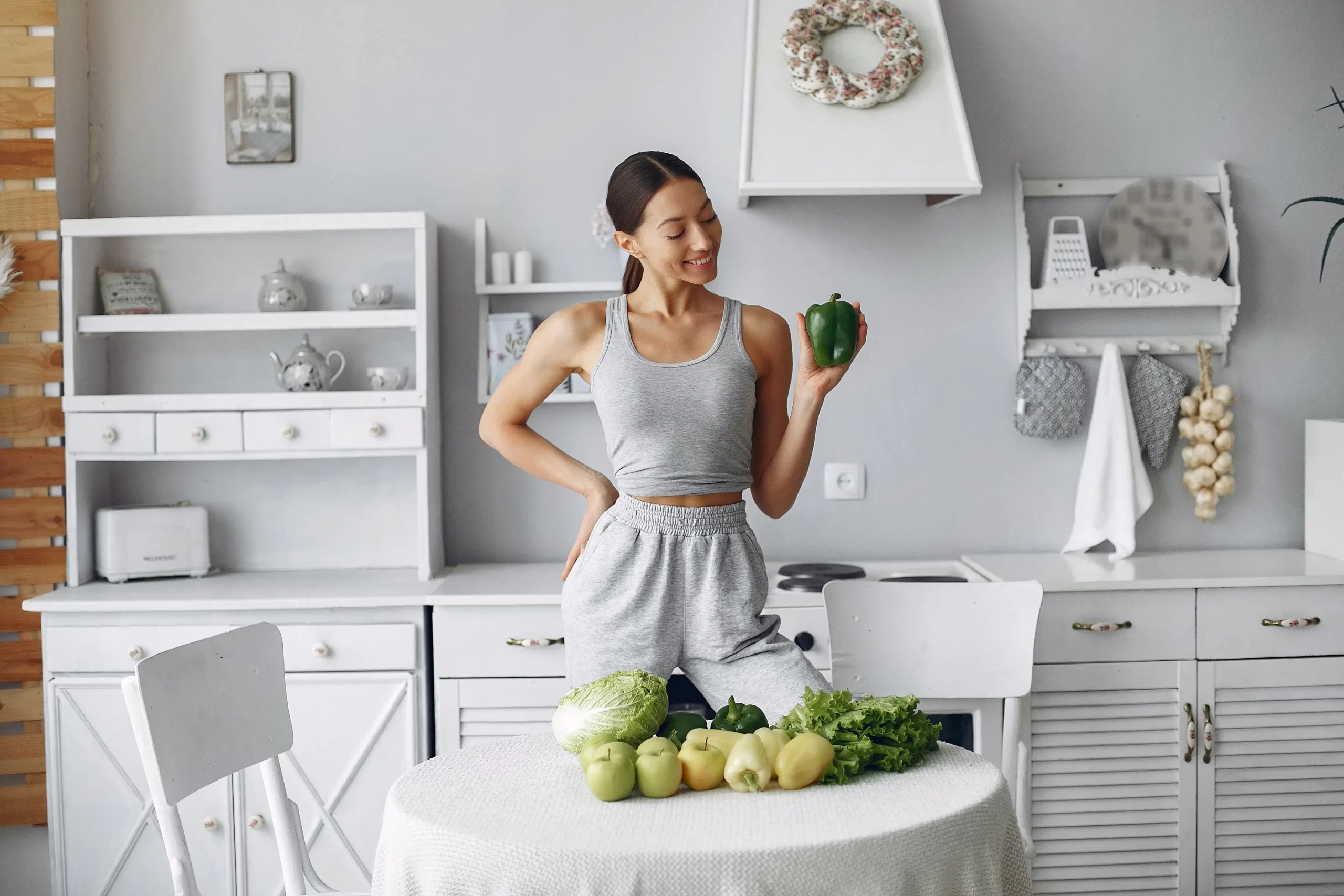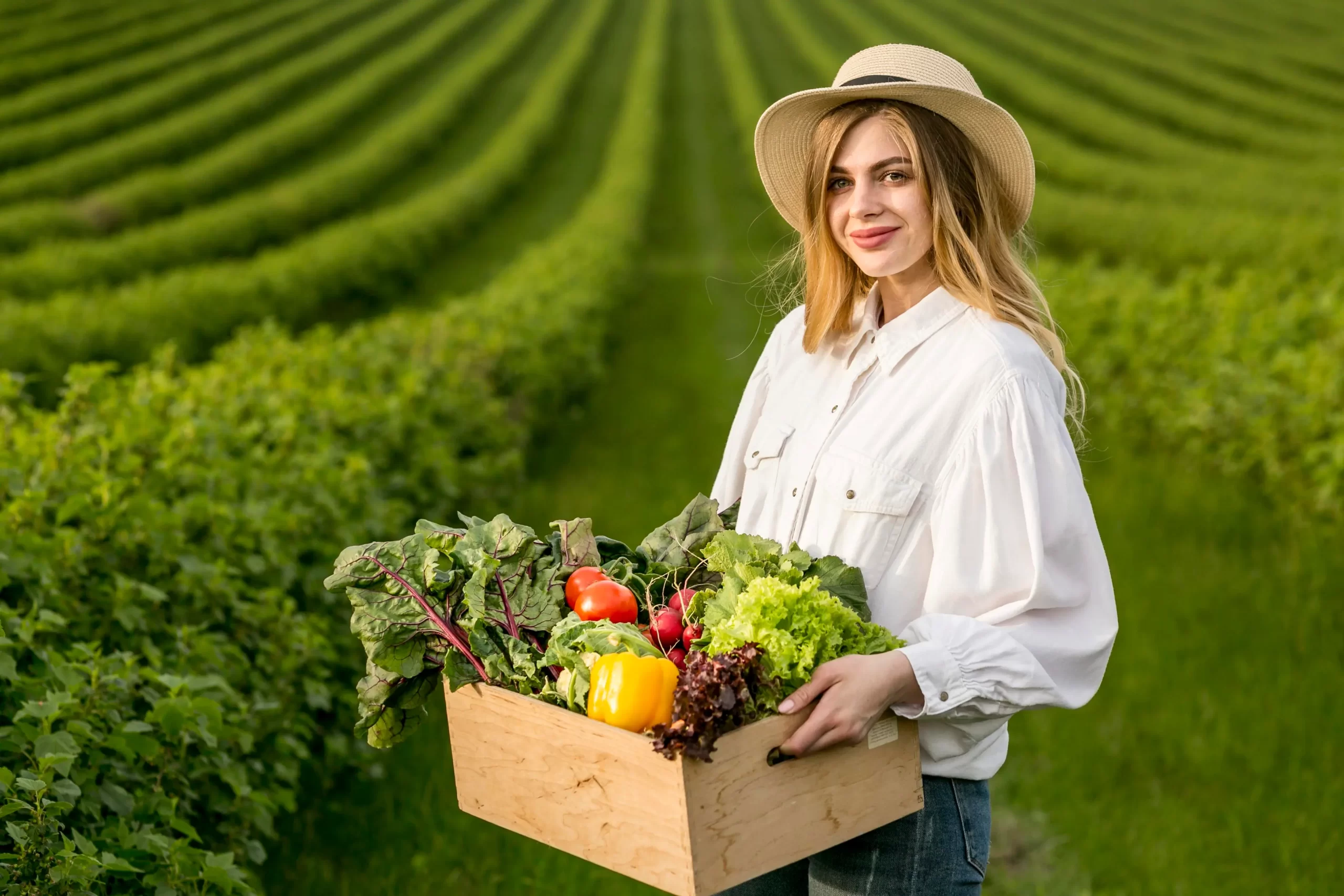Have you ever gazed at a bustling farmer’s market, the colorful fruits and vegetables neatly stacked, and wondered if you could meet all your nutritional needs from these plant-based sources? You’re not alone. With a growing interest in health and sustainability, many folks are turning their eyes toward plant-based diets. Plant-based diets have been shown to lower the risk of chronic diseases, promote weight loss, and even contribute to a more sustainable planet. But, what about protein, the building block of our bodies? Can plants really provide enough? Spoiler alert: They absolutely can, and in this article, we’re going to dive into just how they do that. And, not only that, we’re also going to explore how it can be a delicious and varied journey to venture into plant-based proteins. Curious? Let’s get started and dig into the world of plant-based protein!
A New Perspective on Protein
Protein. We’ve all heard of it. It’s vital for our bodies – it repairs tissues, builds muscles, and makes enzymes and hormones. Essentially, it is the life-sustaining force behind our existence. But, when you think of protein, what’s the first food that comes to mind? Meat? Eggs? Dairy? Sure, these are rich sources of protein, but they’re not the only ones. It’s time we broaden our horizons and think outside the farmyard. Like viewing the world from a new lens, it’s all about changing perspectives. Ever considered how gorillas, elephants, or horses build their strength? They are predominantly herbivores. That’s right! Plants. So, the question is, why shouldn’t we?
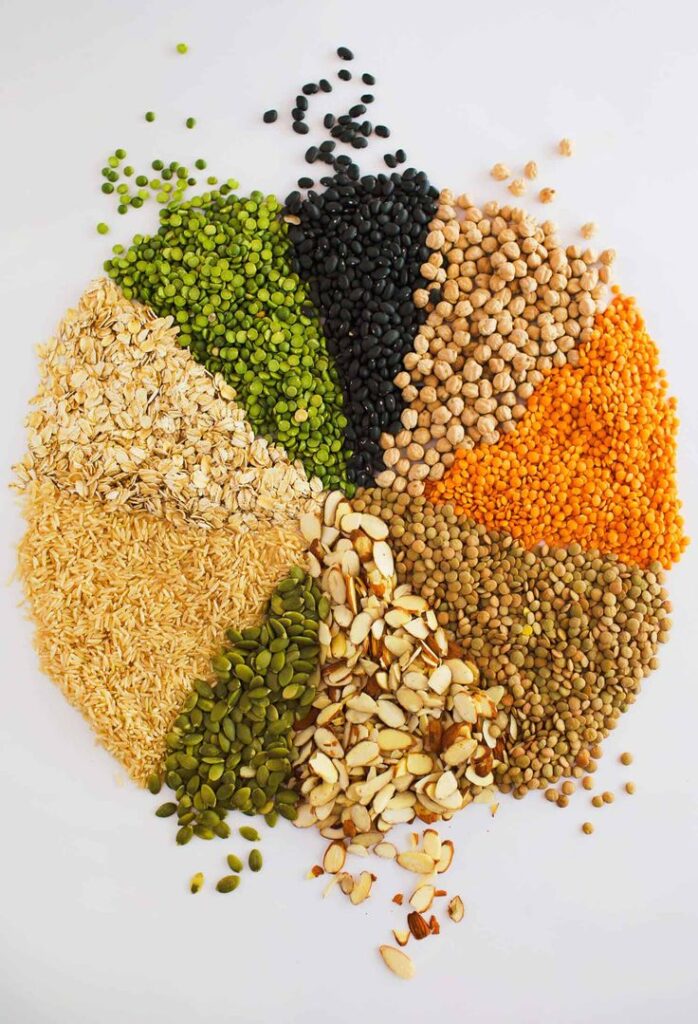
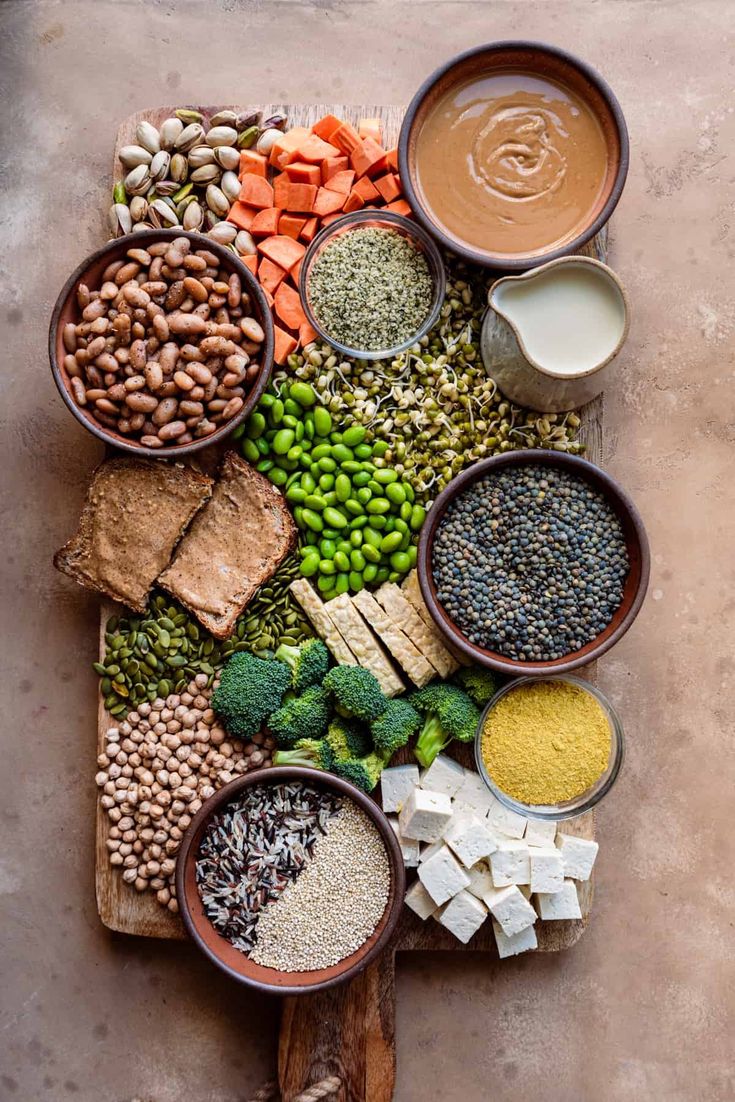
Unpacking Plant-Based Protein
Before we dive in, let’s clear up what we mean by ‘plant-based protein’. This term refers to a protein that comes from, well, plants! We’re talking lentils, chickpeas, black beans, quinoa, peas, and more. It’s like finding hidden treasures in your garden. But what’s the big deal about it? Isn’t protein just protein? Well, it’s a little more complex than that. Picture a jigsaw puzzle. While all pieces are necessary to complete the picture, not all pieces are identical. Similarly, proteins are made of building blocks called amino acids. And just like the missing piece of a puzzle can prevent you from seeing the complete picture, some amino acids, which cannot be made by our bodies, need to be obtained from our diet. And here’s the good news: we can get all these essential amino acids from plant sources. Yes, you read that right, all from plants!
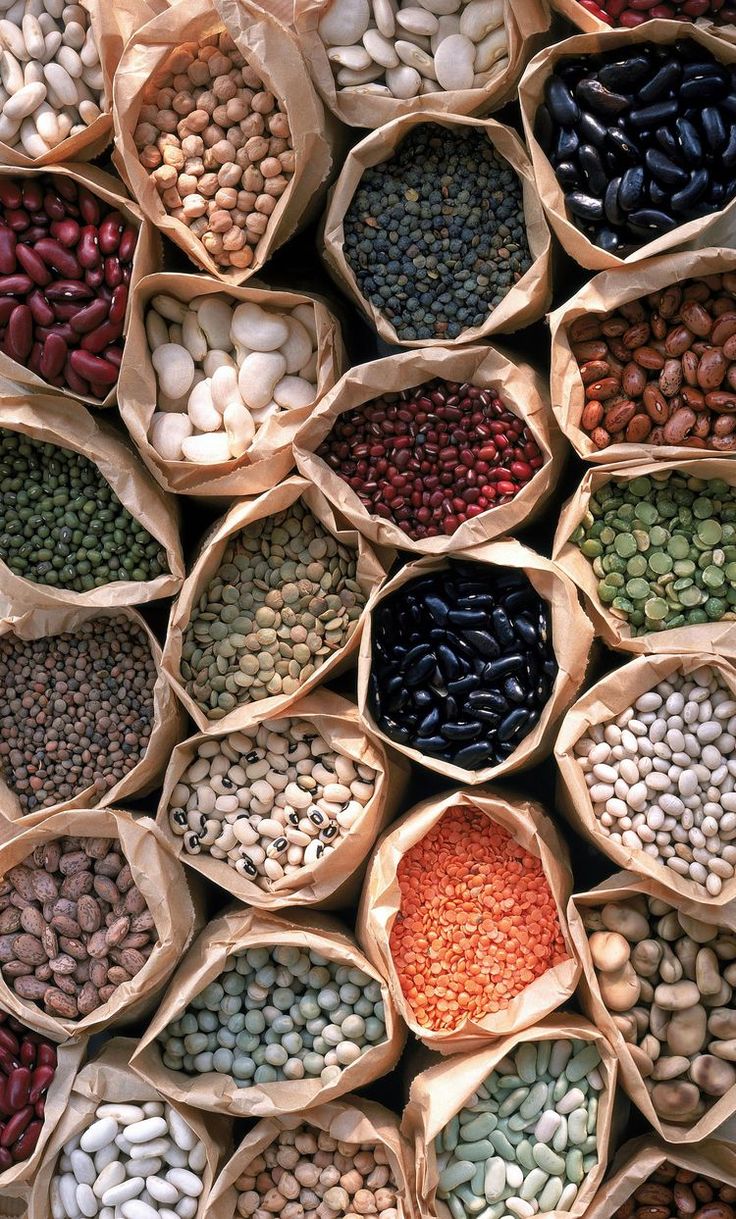
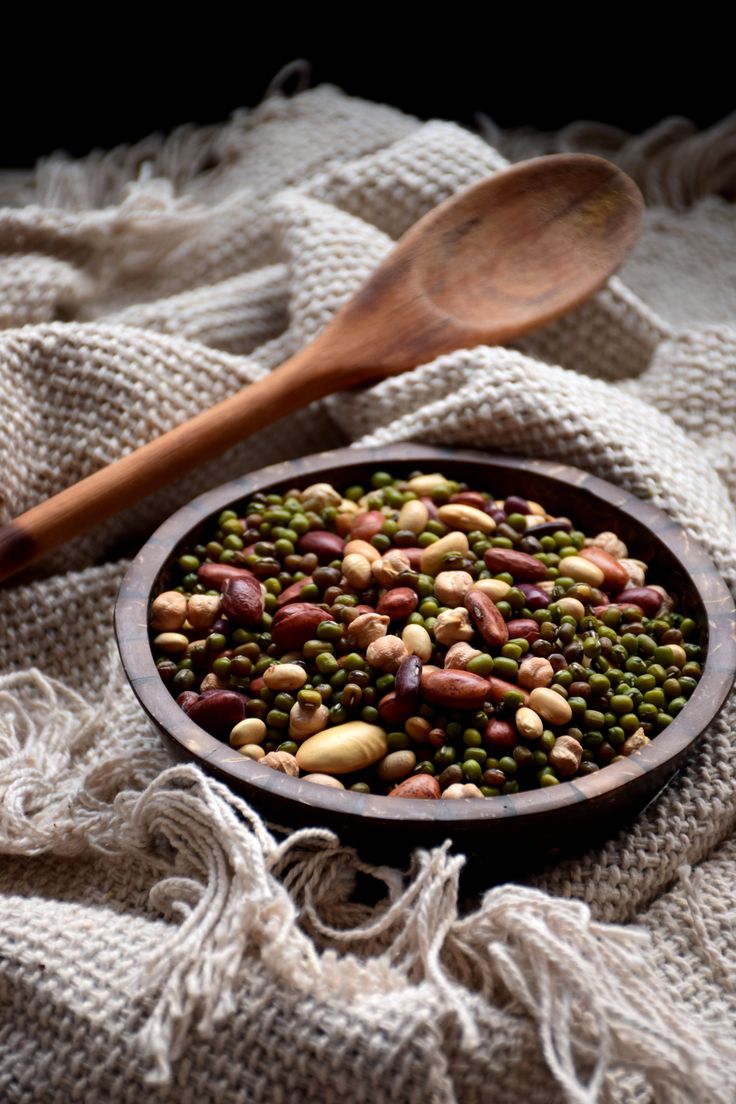
The Comprehensive Catalogue of Plant-Based Protein Sources
For a better understanding, let’s consider some examples. When you think about protein-rich foods, do lentils, chickpeas, quinoa, and black beans come to mind? If your answer is ‘yes’, you are quite informed about plant-based protein sources. These are only a few representatives of the wide variety of plant-based protein providers. But, there is an even more extensive list:
- Soy products such as tofu, tempeh, and edamame
- Whole grains including brown rice and oats
- Diverse nuts and seeds like almonds, chia seeds, and flaxseeds
- Green vegetables such as spinach and broccoli
This list not only sounds like an appealing menu, but it also assures that by incorporating these foods into your diet, you’re not just consuming protein. You also benefit from a plethora of essential nutrients like fiber, antioxidants, and healthy fats. It’s an added value that complements your primary nutritional needs.
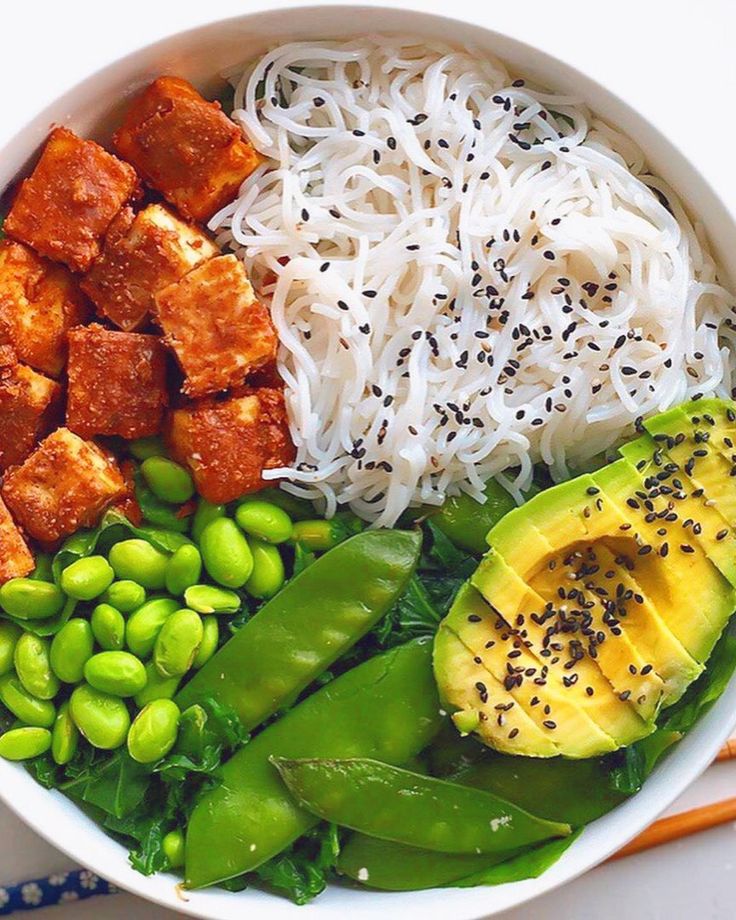
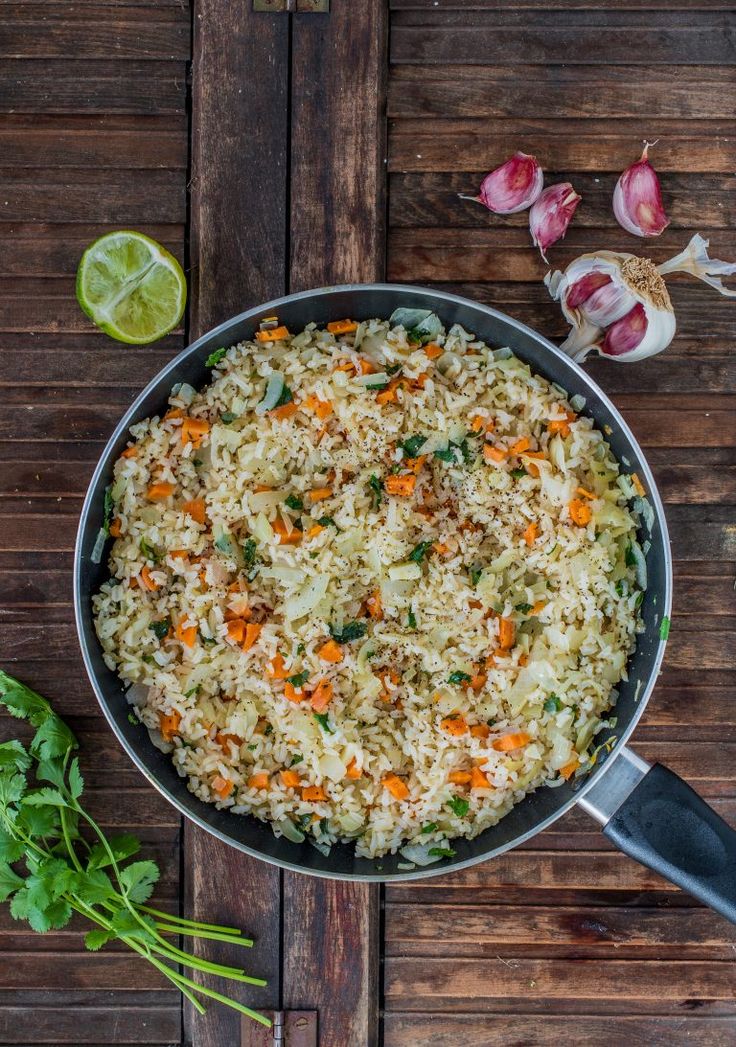
Embracing the Plant-Based Lifestyle
So, how can we fit these plant powerhouses into our meals? It’s easier than you think. Remember, it’s not about perfection – it’s about progression. You can start with a ‘Meatless Monday’, or by swapping the animal protein in your favorite recipes with a plant-based alternative. It’s like venturing into a new city; you explore one block at a time. What about a chickpea curry instead of chicken, or a lentil Bolognese instead of beef? Yummy, right? Plus, you’ll be adding a fun and healthy twist to your regular meals, keeping things exciting and nourishing! On top of the enjoyment of discovering new flavors and textures, embracing a vegetarian lifestyle comes with a slew of health benefits. Consuming a diet rich in fruits, vegetables, legumes, and whole grains can lead to improved heart health, lower risks of certain types of cancer, and better weight management. Additionally, by going vegetarian, you’re not only nurturing your own health but also contributing positively to the environment by reducing your carbon footprint. Isn’t it remarkable how much impact your plate can have?
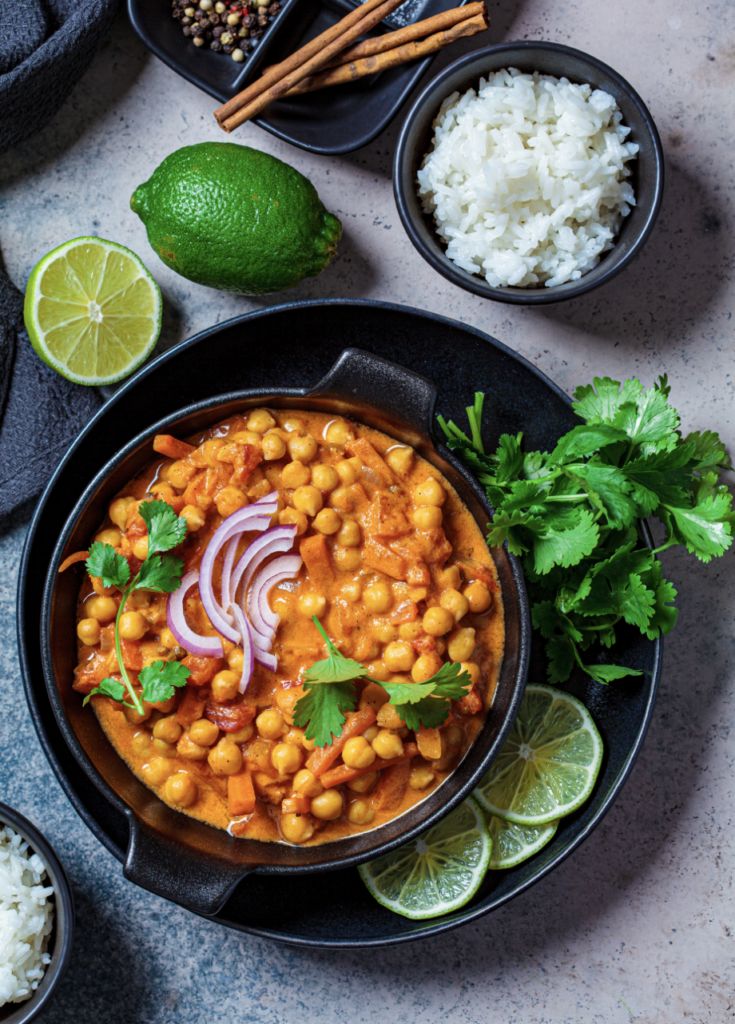
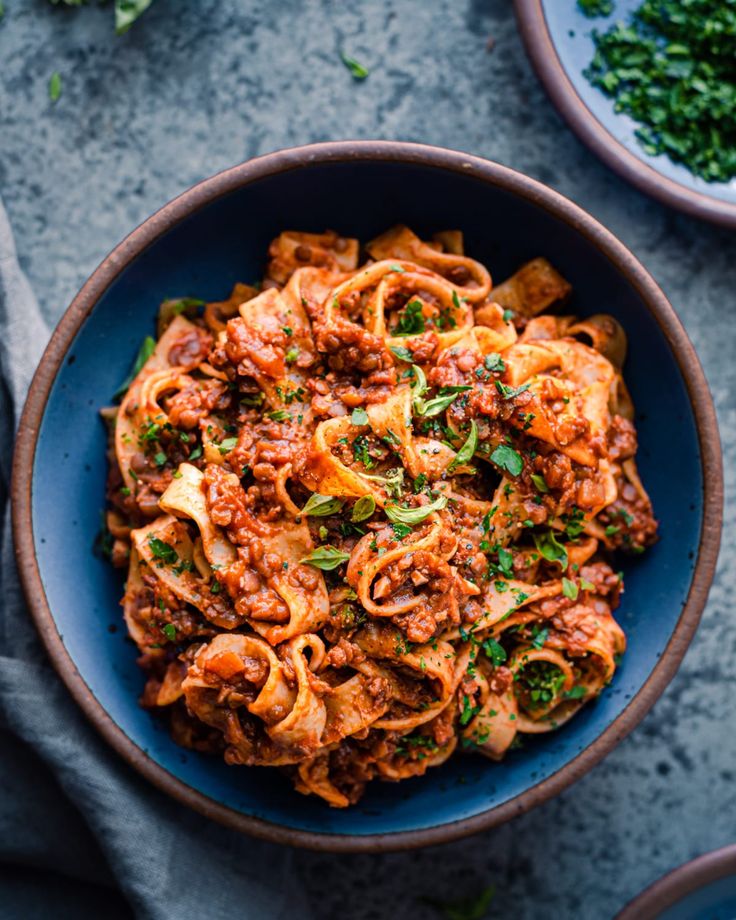
Busting the Myths: The Truth About Plant-Based Proteins
In the world of nutrition, there are often myths that need busting, and plant proteins are no exception. I can hear some of you thinking, “But don’t plants have incomplete proteins?” It’s a common myth, but here’s the reality: while it’s true that most plant proteins are lower in one or two essential amino acids, as long as you’re eating a variety of plant-based protein sources throughout the day, you’re golden. Think of it as a culinary jigsaw puzzle. Each plant-based protein source is a unique piece, and when combined, they form a complete picture – your optimal nutritional profile. It’s like a treasure hunt, where each food brings its own unique riches to your nutritional profile. Isn’t that exciting? And here’s the kicker: eating a diverse range of plant proteins not only ensures you get all the essential amino acids, but it also introduces you to a rainbow of vitamins, minerals, and antioxidants that are beneficial for overall health. Plus, it also allows you to experiment with diverse foods, leading to not just a balanced diet, but also a more adventurous eating experience. And who knows, you might just find your new favorite food along the way!
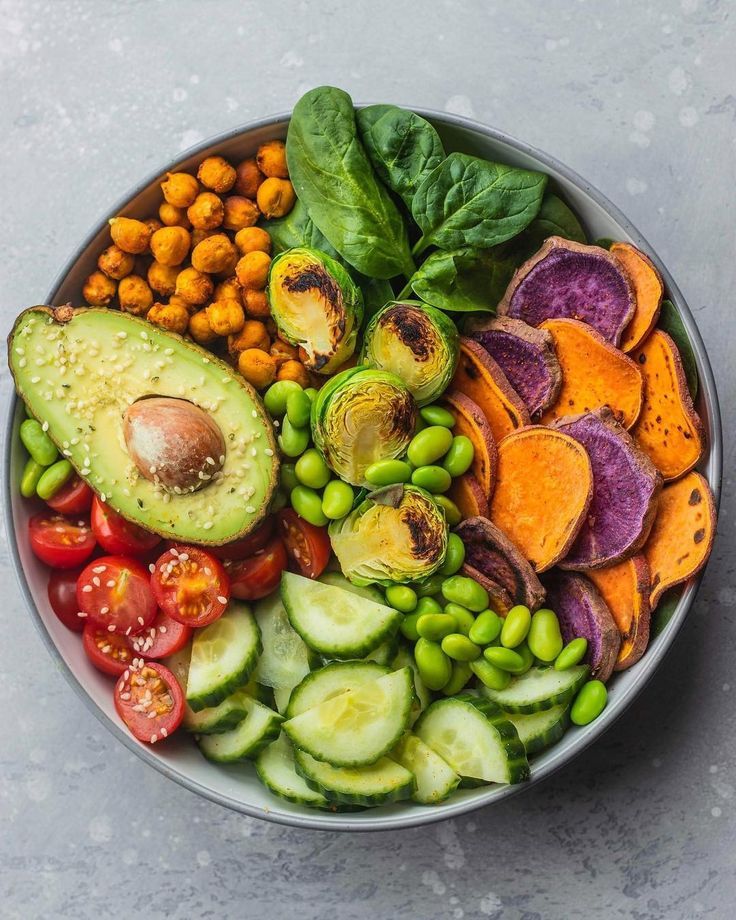
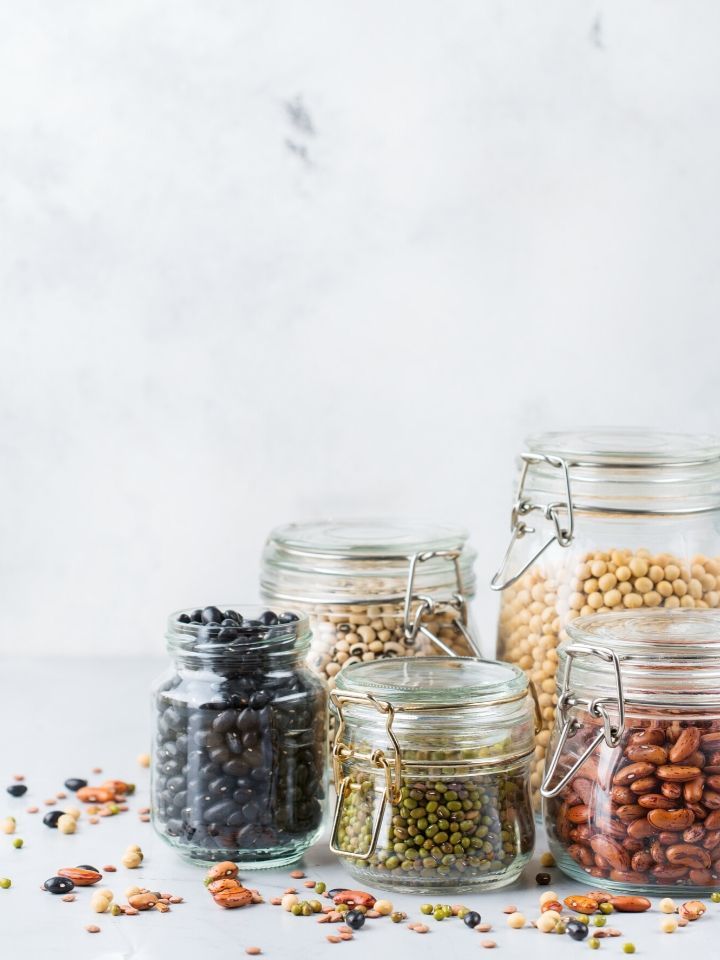
Cook Up a Plant-Powered Feast: Easy Recipes
Ready to bring the power of plant-based protein into your kitchen? Here are a couple of easy, mouth-watering recipes to get you started:
- Quinoa and Black Bean Salad
Cook quinoa as per package instructions, and let it cool.
Mix with canned black beans, diced tomatoes, corn, and avocado.
Dress with a mix of olive oil, lime juice, cumin, and chili.
- Chickpea Curry
Sauté chopped onions, garlic, and ginger until aromatic.
Add your favorite curry powder or paste, canned chickpeas, and diced tomatoes.
Let it simmer, and serve it over brown rice.
- Easy Edamame Pasta
Cook edamame pasta as per package instructions.
Toss with olive oil, garlic, and a squeeze of fresh lemon.
Top with a sprinkle of nutritional yeast for a cheese-like finish.
These are just the beginning. With the world of plant-based protein at your fingertips, there’s no limit to the tasty and healthy dishes you can create!
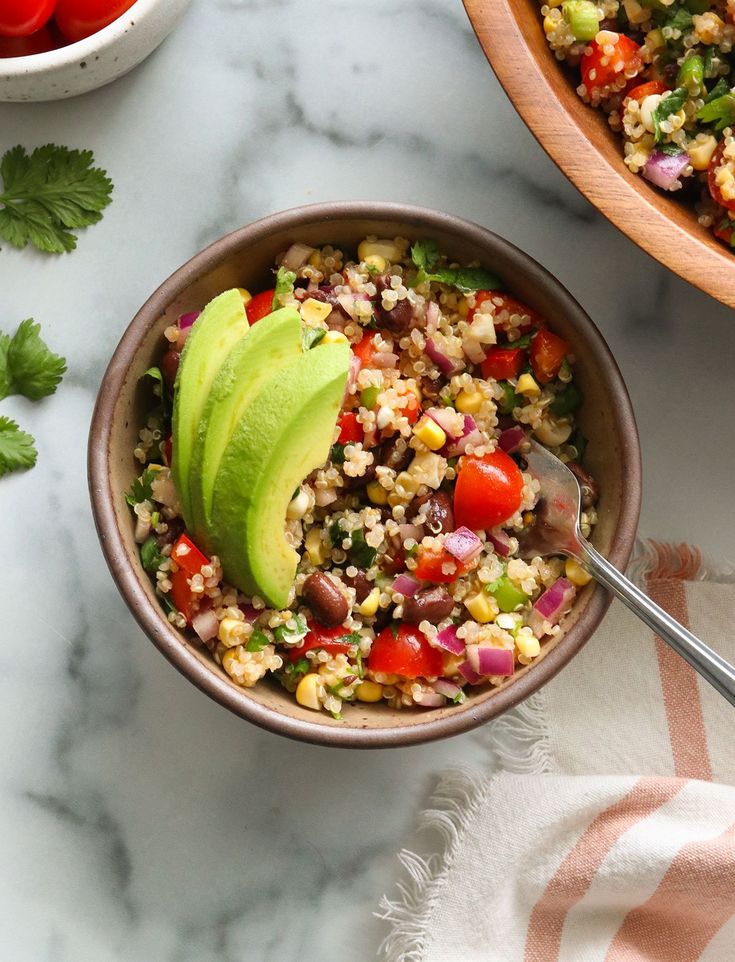
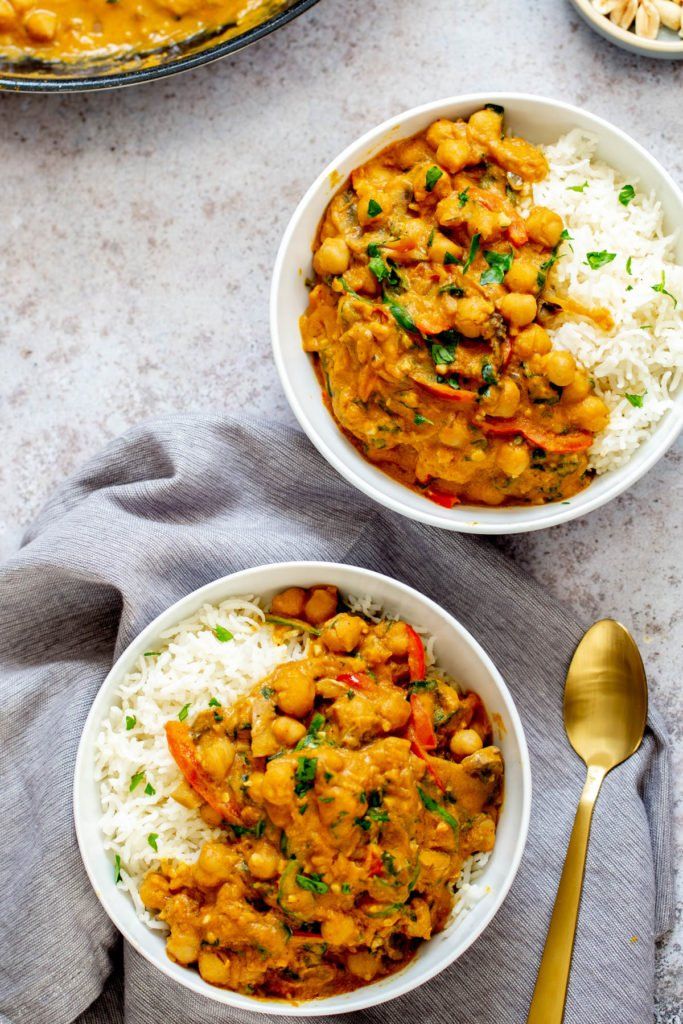
Wrapping it Up: The Future is Green
Having delved into the subject of plant-based proteins, it’s clear to see their power. These humble plant sources are not just filling, they are packed with protein, debunking the notion that only animal sources provide significant amounts. In a world where health consciousness and environmental sustainability are becoming increasingly important, plant-based proteins offer a viable, nutrient-rich alternative. The next time you find yourself browsing through your local grocery store or farmer’s market, consider incorporating more legumes, grains, and vegetables into your diet. By doing so, you are contributing to both your personal health and environmental sustainability. The transition to a diet rich in plant-based proteins can be both a delicious and fun culinary journey. This doesn’t mean you have to eliminate meat entirely – rather, consider it an exploration of a diverse world of flavors and nutrients you might have been missing out on. The plant-based world has an array of benefits and tastes to offer, and it’s well worth the exploration.
